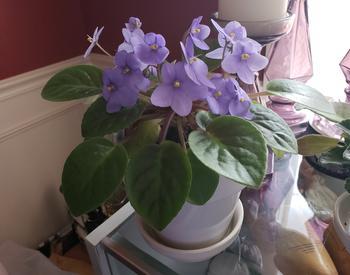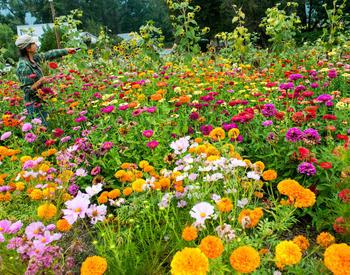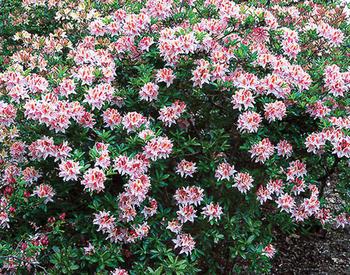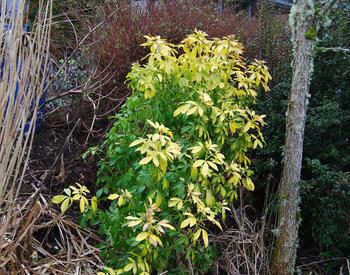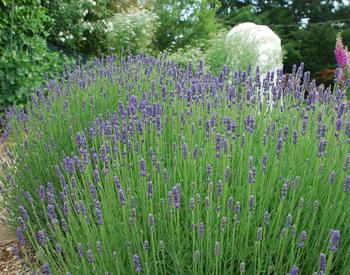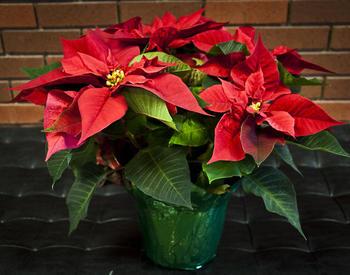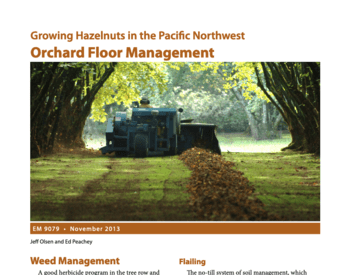Transcript
Welcome to Living on the Land, an award-winning source of useful information brought to you by your Oregon State University Extension Service. Bees, butterflies, hummingbirds and moths. All of them are kinds of pollinators that move pollen between flowers, enabling plants to grow fruit and reproduce. Both native and domesticated pollinators are important parts of the food web and play a big economic role in agriculture.
Also, some of them, like bats and certain types of wasps, flies, and beetles, help control pests. One of our main pollinators, the European honeybee, is in decline. But there are 4,000 species of wild bees in the U.S. that can help with pollination. Native bees are actually better pollinators than honeybees for some crops. For example, pollinating an acre of apples takes only 250 female mason bees.
But it would require up to 20,000 honeybees to do the same thing. Also, many native bees will forage earlier in the season and colder and wetter weather than honeybees. Unfortunately, native bees are also declining, especially some types of bumblebees.
Habitat loss, pesticides, climate change, and disease all contribute to the decline of native bees. So one of the best ways you can support pollinators is by protecting or providing habitat for native bees. Wild bees, like honeybees, require a habitat with lots of flowers and undisturbed places to nest. Many wild bees tunnel into the soil and nest underground, while others nest in hollow plant stems or empty rodent burrows. With some planting and the right plants, the bees can have pollen, nectar, and places to nest all season long. For more information about pollinators, contact your local OSU Extension Service, Soil and Water Conservation District, or Natural Resources Conservation Service.
This podcast episode is part of the Living on the Land series. It provides concise information on how to attract and support native pollinators by creating and maintaining the right habitat, including features like nesting sites, quality food, and shelter from pesticides.
This is from the Living on the Land series. Download the related PDF - Living on The Land: Providing Habitat for Native Pollinators
The phrase “Living on The Land” is used with permission from Living on The Land Stewardship for Small Acreage, © 2008, UNCE/WSARE.

